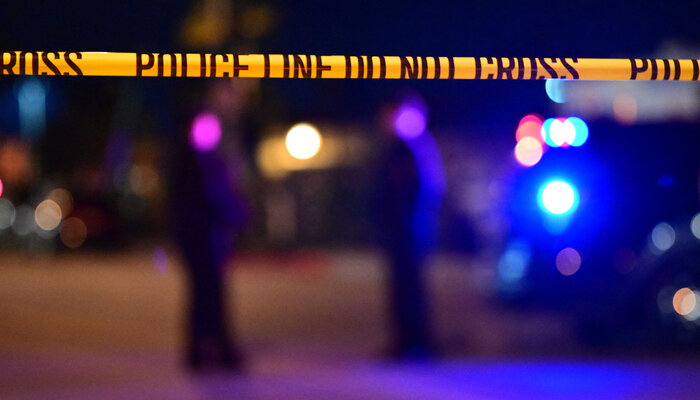End the Culture of Police Violence
The Tyre Nichols killing is a symptom of a broken police culture.

Here we are again. The world watched as yet another Black man in America — this time, Tyre Nichols — was brutalized and killed by a gang of police officers in in Memphis, Tennessee.
The physicality of the attack — the force and the infliction of pain — was ruthless and grotesque. While it echoed this country’s shameful history of lynching and other forms of racialized violence, it also serves as an important reminder that the state security edifice in this country is built upon a culture and inheritance of institutional violence. In other words, what we witnessed was not merely an issue of bad individuals seeking to punish and cause grievous bodily harm to another human being, but of how the state’s monopoly over the use of physical force under the color of law and in the name of public safety can so easily corrupt.
The videos released on January 27 bring us face-to-face with the seemingly interminable problem with American law enforcement: Despite jurisdictions enacting a variety of reforms to policing policy and practice over the last number of years, even around use of force, law enforcement tactics still too often default to a militarized model. This is a culture that often pits officers against the communities they are supposed to be serving. It is a culture that relies on a spectrum of aggressive tactics, including racial profiling, the threat or actual use of often unnecessary force, saturation policing in targeted neighborhoods, mass search of individuals and vehicles, kick-in-the door raids, and coercive and violent crowd control — all of which is to provide visible shows of strength and force. Without appropriate guardrails, it is also a culture that unfortunately enables all too easily the blurring of lines between force that is constitutionally legitimate and use of force that is not. The aperture for extralegal state violence in the name of “fighting crime” — and officers’ perception of its permissibility — is widened.
The Memphis police force has previously been accused of using excessive force. It is unsurprising then that the gravitational pull of this prevailing culture overwhelmed well-intentioned reforms, such as those passed in 2020 requiring police to use de-escalation strategies and to intervene if they saw others using excessive force. Clearly, excessive use of force will always lurk just outside law enforcement’s institutional door if nothing more is done.
Is it possible to change the deep-seated institutional culture in policing to conform more closely to constitutional or human rights values? Yes — but to do so, there needs to be an ideological shift regarding policing in this country.
One step is to enact comprehensive federal legislation such as the George Floyd Justice in Policing Act, which would not only establish national use-of-force standards but also promulgate measures to help improve accountability for police across the country. Such measures include creating a national registry to track police misconduct and amending the federal criminal code to make it easier to prosecute police officers for misconduct by lowering the standard that prosecutors must meet.
Another step is to continue encouraging state and local governments to rethink how law enforcement is deployed and how public safety is delivered. This includes narrowing the scope of police discretion and duties in traffic enforcement either by deprioritizing them or tasking other agencies or non-armed officers in the enforcement of traffic violations that do not impact public safety.
A further approach is the increasingly popular practice of including non–law enforcement first responders to address certain nonviolent complaints from the community that involve poverty-related activities or people with behavioral health issues. These non–law enforcement responders include licensed clinicians or specialists such as paramedics, therapists, or social workers with expertise in fields such as behavioral health, homelessness, or domestic violence.
Yet these reforms alone will not transform America’s dominant culture of policing. Reshaping that across 18,000 law enforcement agencies to ensure the exercise of police discretion is more deliberate, transparent, and accountable — with use of unjustified violence and racism no longer coded into its logic of operation — will be difficult. It will likely require taking a long view approaching it from multiple fronts, from investment in non-justice related services in long-neglected communities to an entire reset of how departments recruit, train, and incentivize officers.
Finally, accountability for police misconduct must be at the center of this change. Structures must be put in place to facilitate swift and certain action against officers who violate their oaths and abuse their power.
Only then can the police truly serve their purpose.






